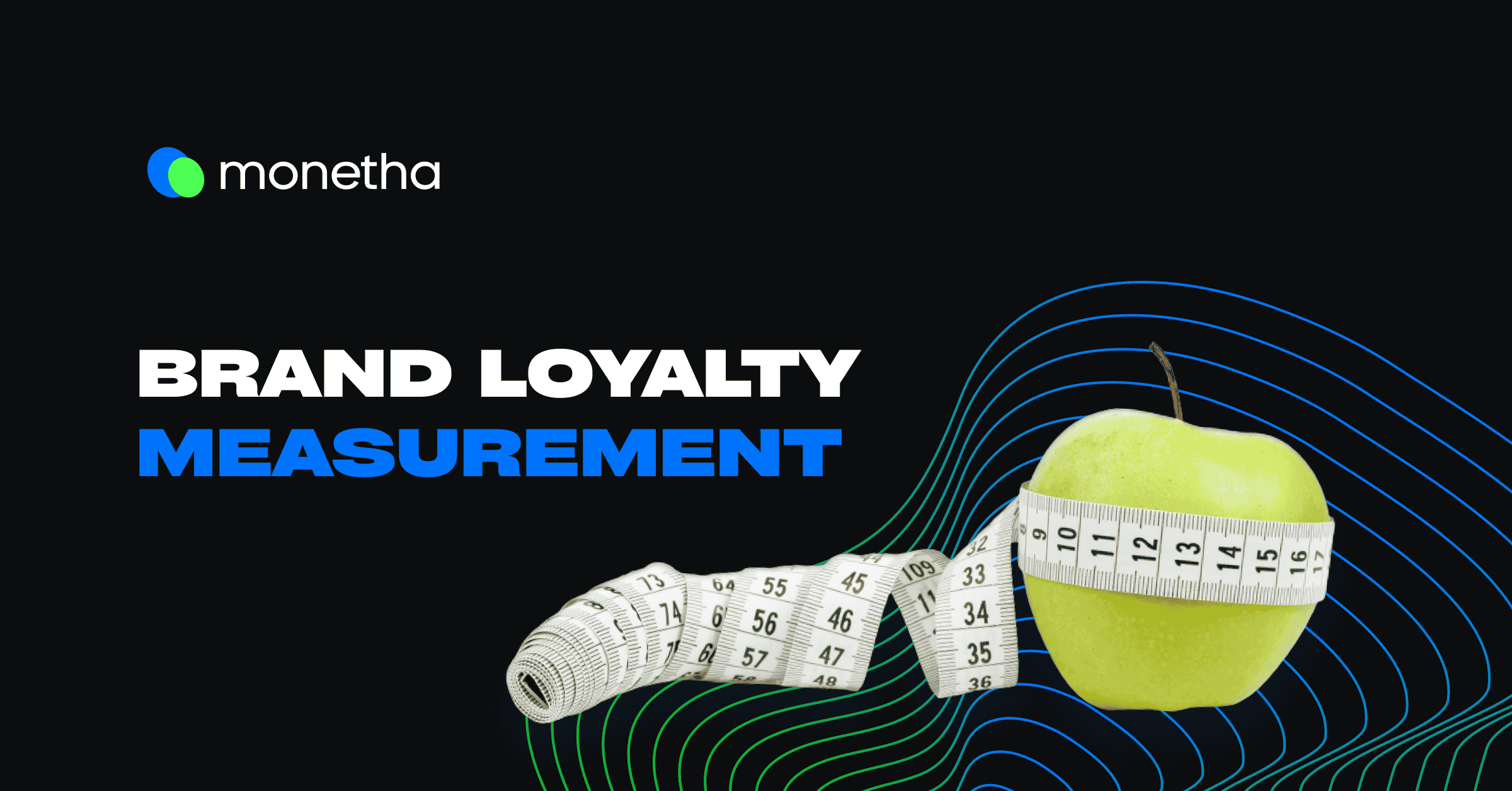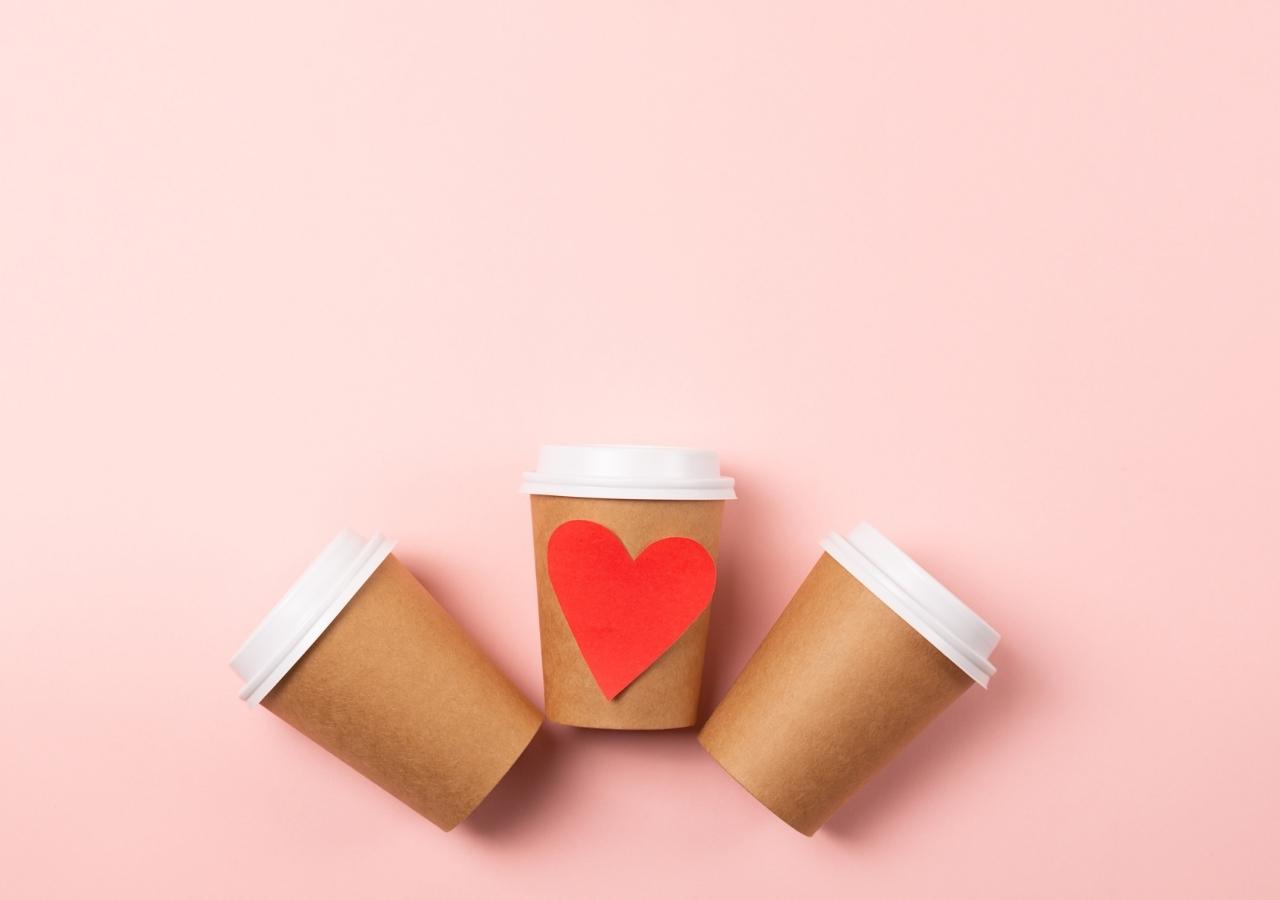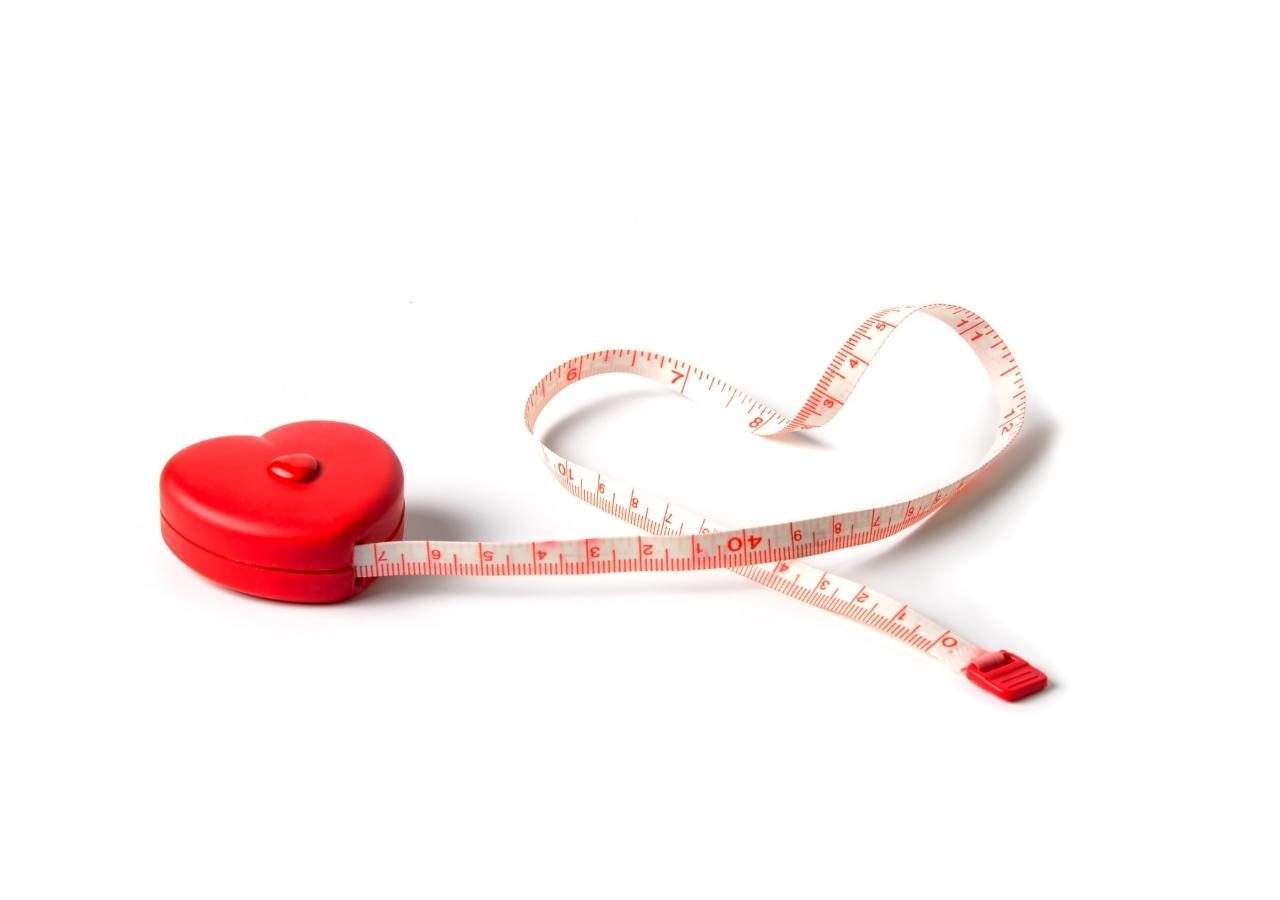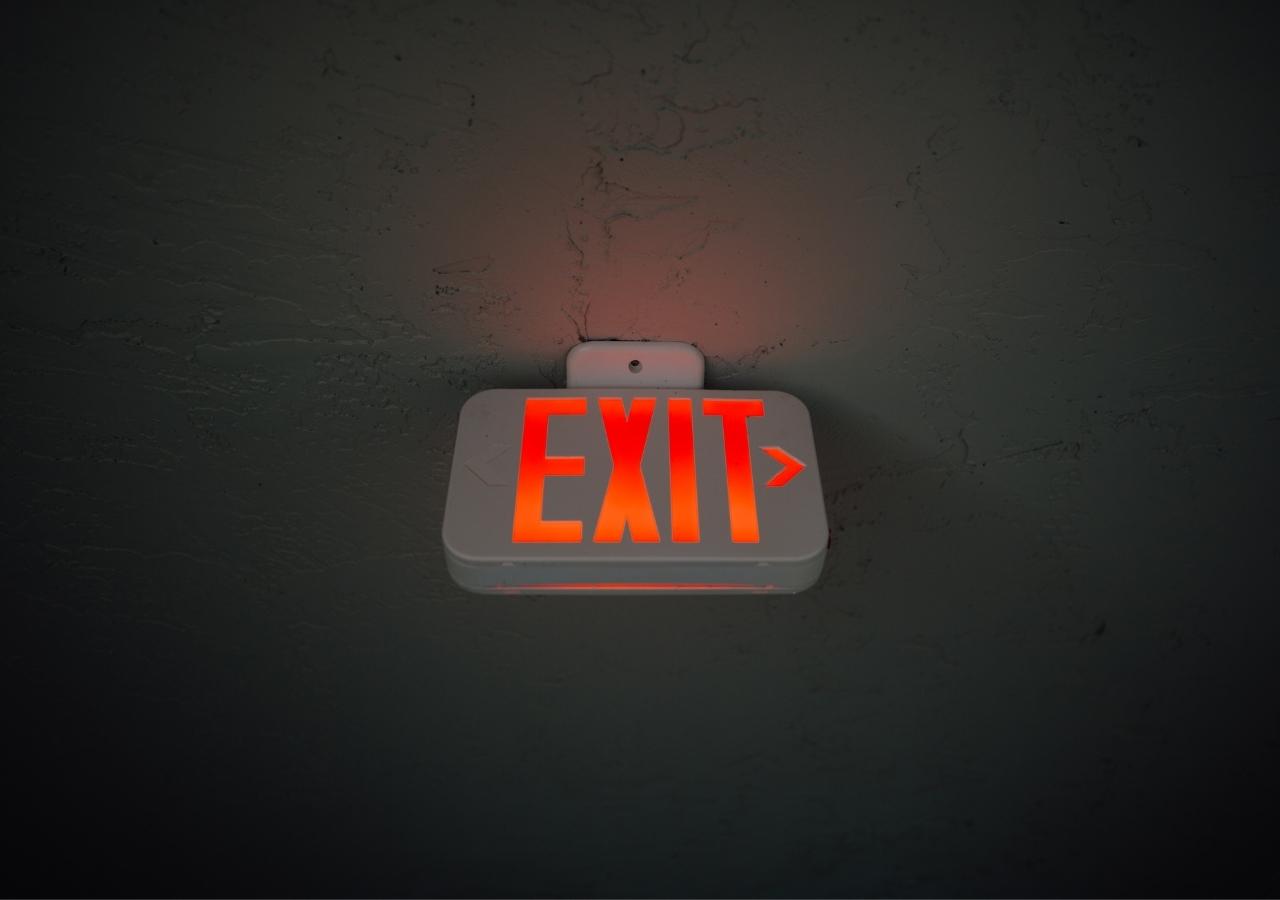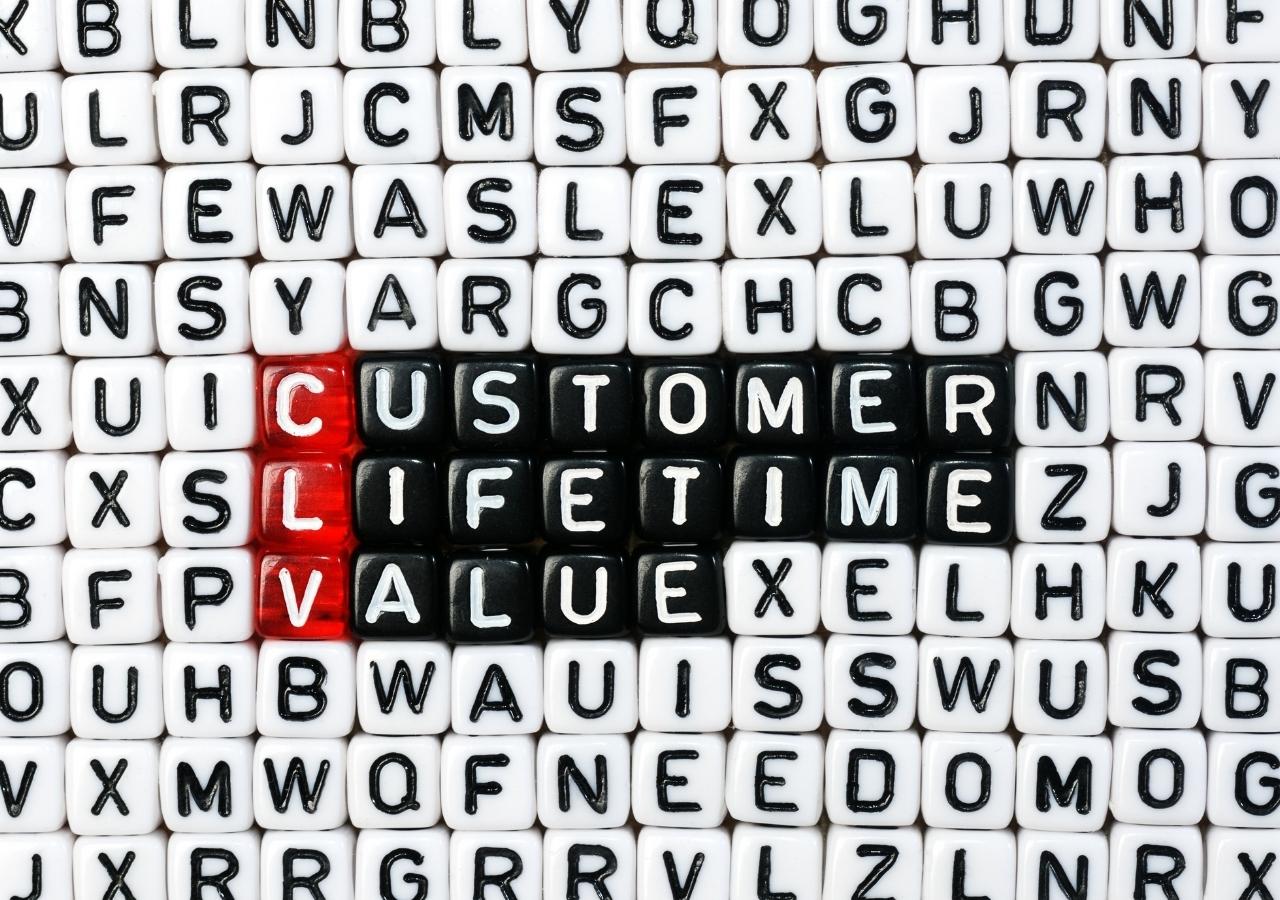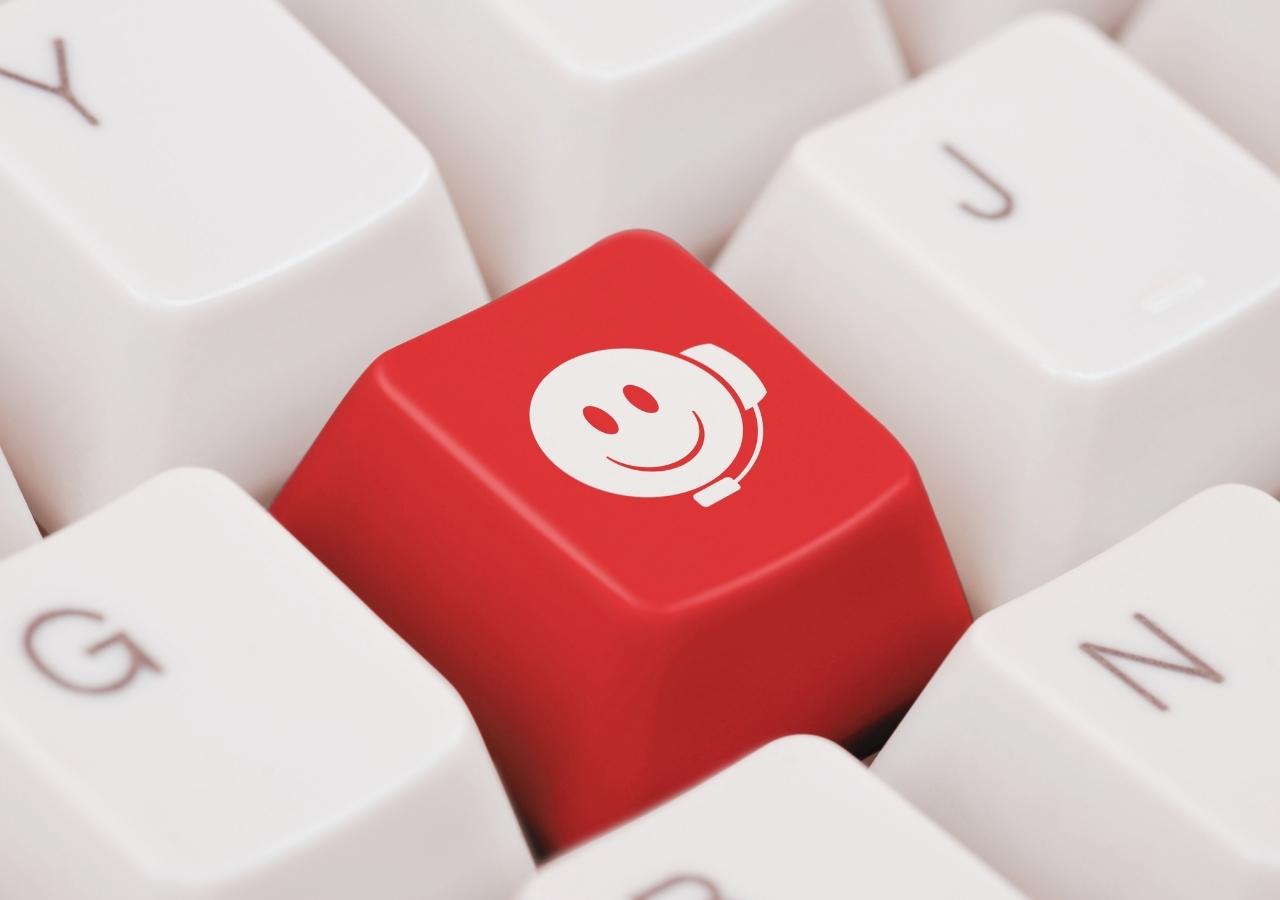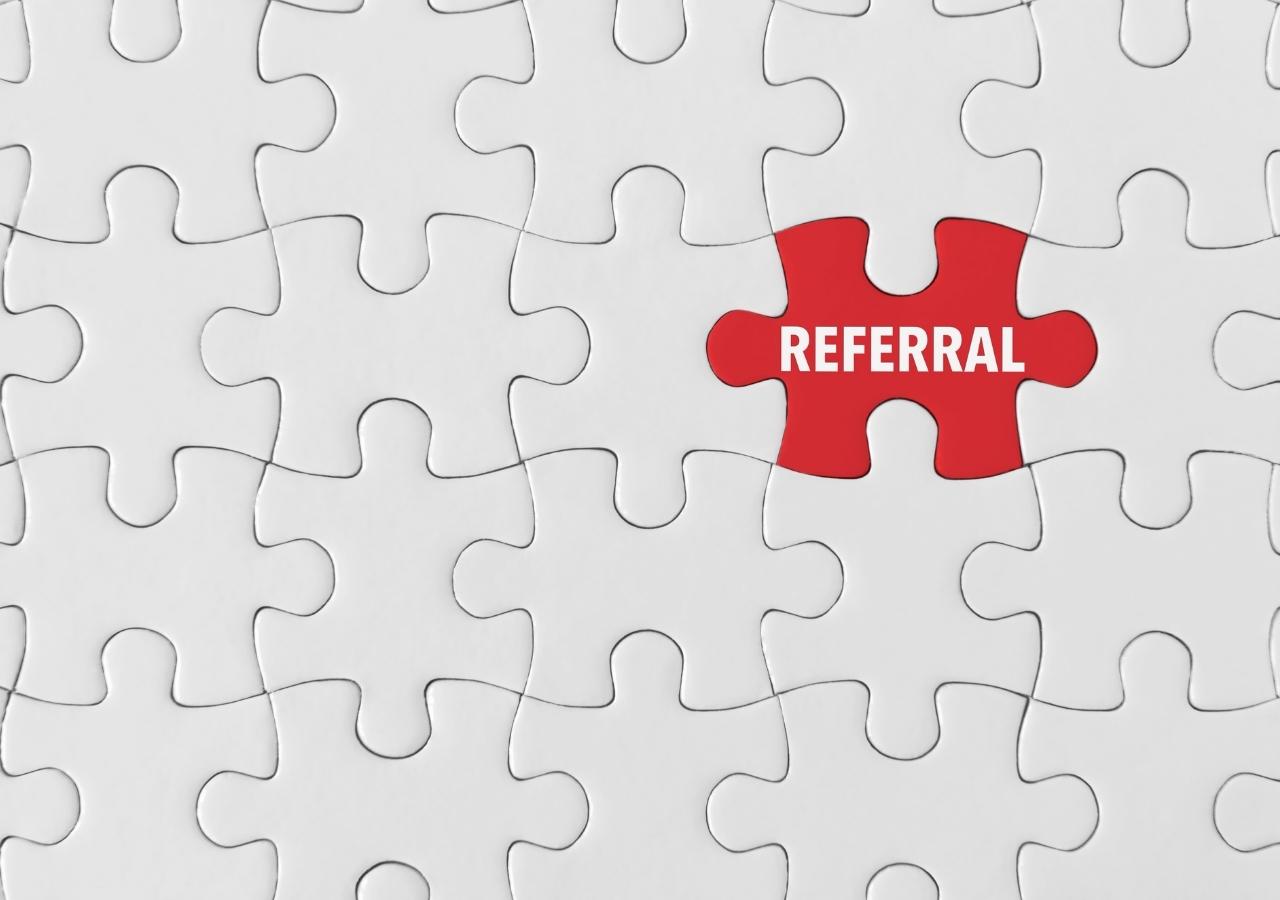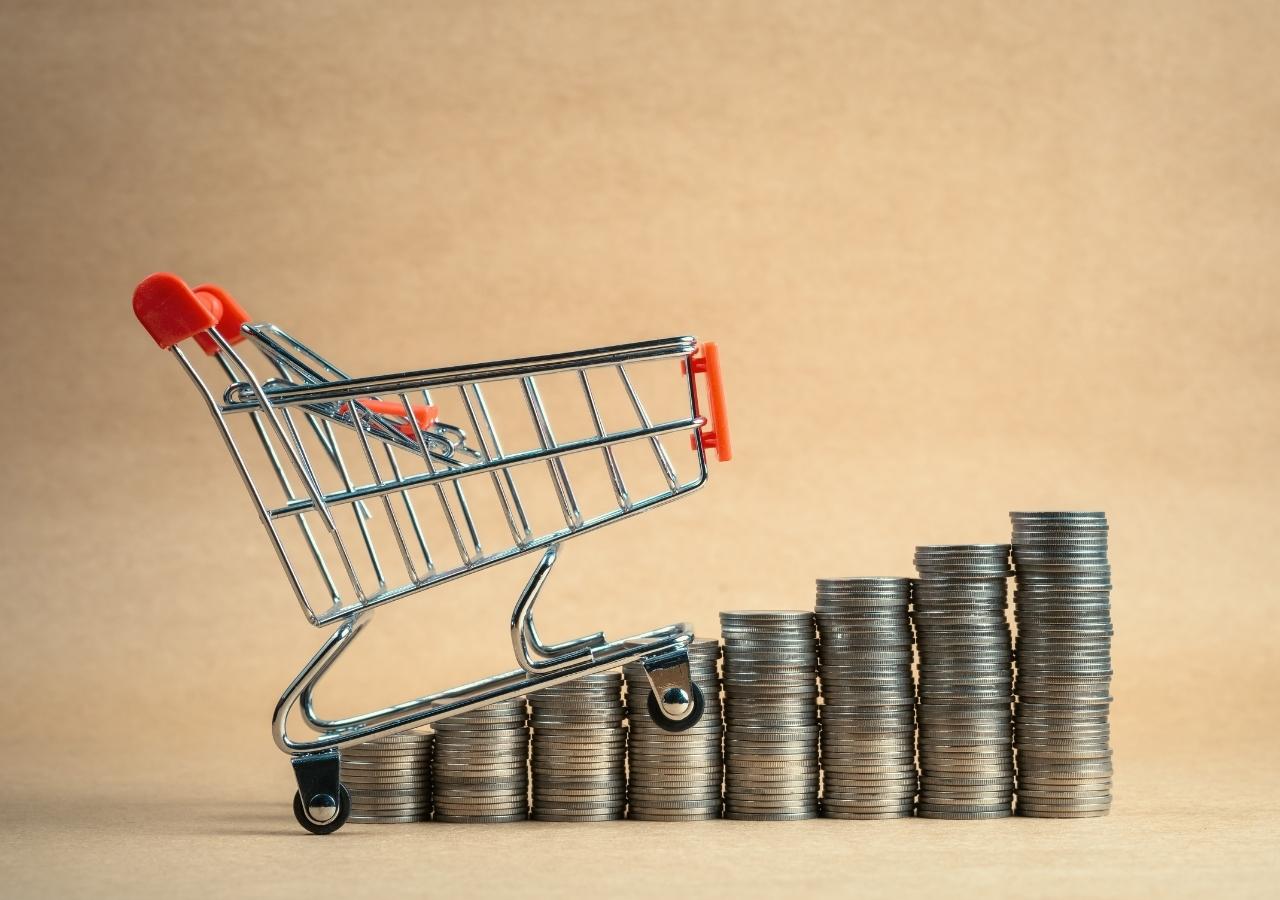Brand loyalty measurement is more challenging to measure than you think. Consumers are smart and savvy. They change their shopping habits when they are presented with other options that better meet their needs and desires.
There is an ultimate cost-benefit analysis happening in the mind of consumers on a constant basis. Each time you recommend, highlight, or show off your brand, however, you are adding value. That value must exceed your competitors for it to be effective and build brand loyalty.
What is Brand Loyalty?
What is brand loyalty? It’s the tendency for consumers to remain loyal to specific brands. A consumer who exhibits brand loyalty will remain loyal even when alternatives are less expensive or offer more features. When a consumer demonstrates brand loyalty, they develop personal feelings toward the brand and its products that influence their choice of brands in a category. Some reasons why consumers exhibit brand loyalty can include:
-
An emotional attachment to the brand and its identity
-
A belief in the company’s mission statement and its products/services
-
A belief in the company’s quality and reliability
Some businesses use loyalty programs to reward frequent customers for returning (learn more about loyalty programs best practices here), while others attempt to build customer loyalty through marketing campaigns or social media interactions.
Why is It Important?
Brand loyalty can be important for several reasons. For example, it helps to build a positive reputation for a company and its products. If a customer is satisfied with their experience with a brand, they are likely to tell other people about their positive experience. Word of mouth is an extremely powerful tool that can bring in new customers.
A loyal customer base can also be extremely helpful to any business, because they are more likely to remain loyal to the company’s products even if they encounter other products that may be comparable or better, as long as they have had a positive experience with the brand. This is especially helpful in the case of businesses that sell very specific products or services where it is unlikely that there will be many comparable products on the market.
Another major advantage of brand loyalty is that it can help companies save money by reducing marketing costs and increasing sales. Loyal customers are more likely to purchase items from the same brand over and over again, so businesses don’t have to keep investing in advertising campaigns to promote their products.
What is the Difference Between Brand and Customer Loyalty?
Brand loyalty and customer loyalty are two terms that are often used interchangeably; however, there is an important difference between the two.
Customer loyalty refers to customers’ feelings of commitment or dedication to a company, brand, or product. Brand loyalty refers to customers’ feelings of commitment or dedication to a particular product within a company’s line of products.
This can be confusing because many companies use the term “loyalty” when speaking about both brand loyalty and customer loyalty. To avoid confusion, it is important to recognize the difference between these terms.
The main differences between brand and customer loyalty are:
-
Brand loyalty means that customers will buy anything that comes from a particular company/brand, while customer loyalty means that customers will only buy a specific product.
-
Brand loyalty usually refers to brands in the same industry, while customer loyalty usually refers to related products within the same industry.
-
Brand loyalty can be measured over time, while customer loyalty can be measured once the sale is made.
-
Brand loyalty is not as strong as customer loyalty because of potential changes in the company/brand’s image.
Another significant difference between brand and customer loyalty is that brands tend to be valued by consumers for their symbolic meaning in a way that companies themselves can’t control, whereas customer-company relationships are mostly based on subjective evaluations of a company’s products and services.
For example, Coca-Cola has been associated with Christmas for many years now, and people just associate it with this holiday – that’s what makes it a brand. However, Coca-Cola can’t control these associations in the same way it can determine how its products or services are perceived by customers.
How to Measure Brand Loyalty: The 6 Key Metrics
Brand loyalty is an important thing to measure because it will tell you how customers feel about your brand. If you have high brand loyalty, that means that you’re gaining customers who will purchase your products again in the future.
High brand loyalty can also mean that you have a high customer satisfaction level, which is always a good sign for any business.
To determine brand loyalty, you’ll want to measure the following metrics:
-
Customer churn rate (CCR)
-
Net Promoter Score (NPS)
-
Customer Lifetime Value (CLV)
-
Customer Retention Rate (CRR)
-
Repeat Purchase Rate (RPR)
-
Purchase Frequency (PF)
Once your target market feels connected with your company, they’ll be more likely to show brand loyalty towards it.
1. Customer Churn Rate (CCR)
Customer churn rate (CCR) is a ratio of customer losses to total customers. It is calculated by dividing the number of customers lost during a period by the total number of customers at the beginning of that period. It is often expressed as a percentage value.
When calculating CCR, only leave-of-absence cancellations should be included in the numerator, and future expected cancellations should be excluded from both the numerator and denominator.
The resulting value represents an estimation of how many customers will cancel service during a given period, whether because they are not satisfied with the service or because they are leaving the region where the service is provided.
Counting and excluding cancellations correctly is important for assessing both how well your company retains its existing customers by avoiding customer attrition (we’ve discussed it in this article) and how much future revenue will be generated by current services.
2. Net Promoter Score (NPS)
There are a number of metrics that can be used to measure brand loyalty. The most common is called the Net Promoter Score (NPS), which measures how willing customers are to recommend your business to other people. NPS is calculated by having your customers rank their likelihood of recommending your business on a scale from 1 to 10.
Customers that answer with a 9 or 10 are considered “promoters” of your brand, and customers that answer with a 6 or lower are considered “detractors.” The percentage of detractors is subtracted from the percentage of promoters and provides you with your NPS score. This score can go from -100 (all detractors) to 100 (all promoters). The higher your NPS score, the more loyal customers you have.
NPS consists of a survey that asks one question: “How likely is it that you would recommend this company/product/service to a friend or colleague?” The answers range from zero (not likely at all) to ten (extremely likely). Customers who answer with a nine or ten are called “Promoters.” Customers who answer with seven or eight are called “Passives.” And finally, customers who answer with six or below are called “Detractors.”
To calculate NPS, subtract the percentage of customers who are Detractors from the percentage of customers who are Promoters. Passives count toward the total number of respondents, but they don’t count toward the score itself. So if 50% of your customers are Promoters, 40% are Passives, and 10% are Detractors, your NPS is 40%.
3. Customer Lifetime Value (CLV)
Customer Lifetime Value (CLV) is one of the most commonly used metrics to assess brand loyalty. It predicts your customer’s worth to your company, so it’s a great way to show how much the customer values you and your brand. The higher the CLV, the more loyal the customer is likely to be.
Once you have an idea of the monetary value of your customers, you can use that data to determine the cost of customer retention.The Customer Lifetime Value (CLV) gives you an idea of how much revenue a single customer can bring to your business over their lifetime as a customer. It is basically a measure of the value of each individual customer to your business.
When calculating CLV, you’ll need to estimate the average amount of time that a customer remains loyal to your company. This is fairly simple: just divide the total number of months you’ve been in business by the number of customers you have lost since then.
4. Customer retention rate (CRR)
Customer retention rate (CRR) is a term used by businesses to describe the percentage of customers that return to purchase additional products or services. A company usually measures its CRR as a ratio, showing how many returning customers there are for every 100 new customers that are acquired. The higher this ratio, the more confident management is that the company will be able to make future sales and keep growth steady.
The purpose of calculating CRR is to figure out how effectively a business is retaining customers: if it can retain more customers than it loses, management knows that it is not going to lose money in the long run. It’s also a way of evaluating how well a business communicates with its existing clientele and what type of loyalty program would be best at encouraging them to stay. One thing important to note here: CRR only measures the number of current customers who purchase again from the business, not those who switch over to another brand or company.
In most cases, managers will calculate CRR by dividing the total number of returning customers by the total number of new customers acquired in one year. There are other ways to measure this ratio—like dividing the number of returning customers by the number of active accounts—and they will yield very different results.
5. Repeat Purchase Rate (RPR)
Repeat Purchase Rate, also known as Customer Loyalty Index (CLI), is a business metric that measures how much customers come back to buy from a brand again and again. Repeat Purchase Rate is a strong indicator of your customers’ loyalty to your brand. To calculate Repeat Purchase Rate, add up all the sales you had in one period and divide that number by the number of customers who purchased at least once during that period.
For example, an RPR that is calculated for a month can be thought of as the proportion of customers who made a purchase at some point in that month and then went on to make another purchase during that same month.
RPR can be divided by industry because customer behavior can vary dramatically between industries. For example, Amazon has an impressive RPR due to their expansive product offerings and low prices. A local hardware store may have a lower RPR because their product offerings are more limited.
In general, a high RPR indicates that your customers are happy with your products and services, and are therefore likely to make repeat purchases from you. A low RPR may indicate that your customers have had negative experiences with your brand, or that they were not able to find what they were looking for in earlier purchases. This could be due to many factors including poor product quality, unfavorable pricing, or poor shopping experience on your site.
6. Purchase frequency (PF)
In order to measure and increase brand loyalty, companies can use purchase frequency (PF). Brand loyalty is a consumer’s inclination to remain committed to one product in the long term.
Product loyalty is most often measured by customer purchases of the same brand(s) over an extended period of time. Loyal customers are far more likely to repurchase, more likely to purchase more products, and less likely to switch brands.
To understand why consumers become loyal, researchers have studied consumer loyalty from all angles: demographic, psychological, and behavioral, among others. Demographic factors include age and income level. Psychological factors include product beliefs and attitudes toward the brand. Behavioral factors include frequency of purchase and product involvement.
How to Build Brand Loyalty in 4 Easy Steps
Building brand loyalty is a process of identifying, anticipating, and meeting the needs of customers. It is important to know when and how to best reach potential new customers.
Here are some tips on how to build brand loyalty:
1. Create an exceptional customer experience
All companies should strive to create an exceptional customer experience that makes customers feel as though they are getting more value than what they paid for. When a company creates an exceptional experience, customers feel like they have been treated extraordinarily well, which causes them to return and buy again.
2. Reward customers for their loyalty
Companies should reward customers for their loyalty in order to encourage repeat purchases and increase sales revenue. If a company does not reward loyal customers, then the loyal customers may stop returning because there is no incentive for them to keep coming back.
PS: if you’re looking for ways to get customers to buy from you more often, don’t miss our article about incentive marketing.
3. Encourage referrals and word-of-mouth
Advertising through social media platforms such as Facebook or Twitter where customers can share with friends about how great their experience was with your company.
4. Offer discounts on future purchases
If they refer someone new who makes a purchase within 24 hours of being referred by one of these loyal customers who already has an account with you.
Creating brand loyalty begins with the customer. The customer needs to feel a sense of trust and engagement toward your company, which requires that you build a relationship with them. Building this relationship includes knowing what your customers want, being able to get it to them at the right time, and offering them incentives for doing business with or continuing business with you.
Keep in mind that when attempting to build brand loyalty, as well as other types of marketing strategies, you should always consider the long-term effects. You want to make sure that you are having a positive impact on your customers’ lives and that they will continue to do business with you over the years.
Give Your Brand Loyalty a Boost
How do you make sure your customers aren’t just content with your product, but in love with your brand?
Create an emotional connection between them and your products and vice versa. Learn more about the psychology of loyalty and make use of these important insights.
It’s all about getting to the root of what makes someone feel connected to a company. Find out what makes them tick, why they buy the things they buy, and how to make their experience feel like more than just a transaction, but an experience. Give them the right type of loyalty program, the one that suits their needs (we’ve talked about different types of programs here)
And don’t forget about surprise and delight tactics. Even if you have a lot of repeat customers and people who are completely loyal to you, keep them on their toes. Make sure there are always new reasons to come back for more from your brand.
Conclusion
Brand loyalty is one of the most important metrics in marketing, and yet it is poorly studied. Most brand loyalty studies focus on repeat purchases. Socially conscious consumers are more likely to purchase from brands that align with their values. Brand alignment is a commonality between the social consumer and the brand that creates additional loyalty beyond repeated purchases.
FAQ
How is brand loyalty measured?
The best way to measure brand loyalty is by looking at the value of the customer to the business. If a customer spends a lot of money on one product or service, he or she will likely spend even more money in the future if that brand continues to provide good results. A loyal customer is also going to be more likely to recommend your product or services to others.
How is the loyalty index measured?
There are several factors that can be used to measure loyalty. They are grouped into three categories: behavioral, attitudinal, and cognitive. The most common approach is to use a combination of these three.
What are the dimensions of brand loyalty?
There is no single answer to this question. Brand loyalty may be affected by many factors, including product type, the perceived value of the product, personal need for the product, and so on. A good place to start is with a review of prior research in this area.
